Chen Xiao, 25, had always wanted a vintage bag by a luxury brand. But as she browsed Taobao stores she was struck by a strange sense of familiarity. The styles of the vintage clothes were just like the ones she had seen growing up in Jieshi, Guangdong, where many families are in the second-hand clothes business.
“The clothes were smuggled in these smelly containers,” she recalls. “Those pictures of ‘vintage clothes’ immediately reminded me of that smell in front of storage units in the village. If those ‘vintage’ clothes really are the same as those in my village, then those Taobao shop owners must be making a real fortune. I know that people in the village used to sell a single blouse for just a few yuan, but now [on Taobao] they sell for a few hundred or more.”
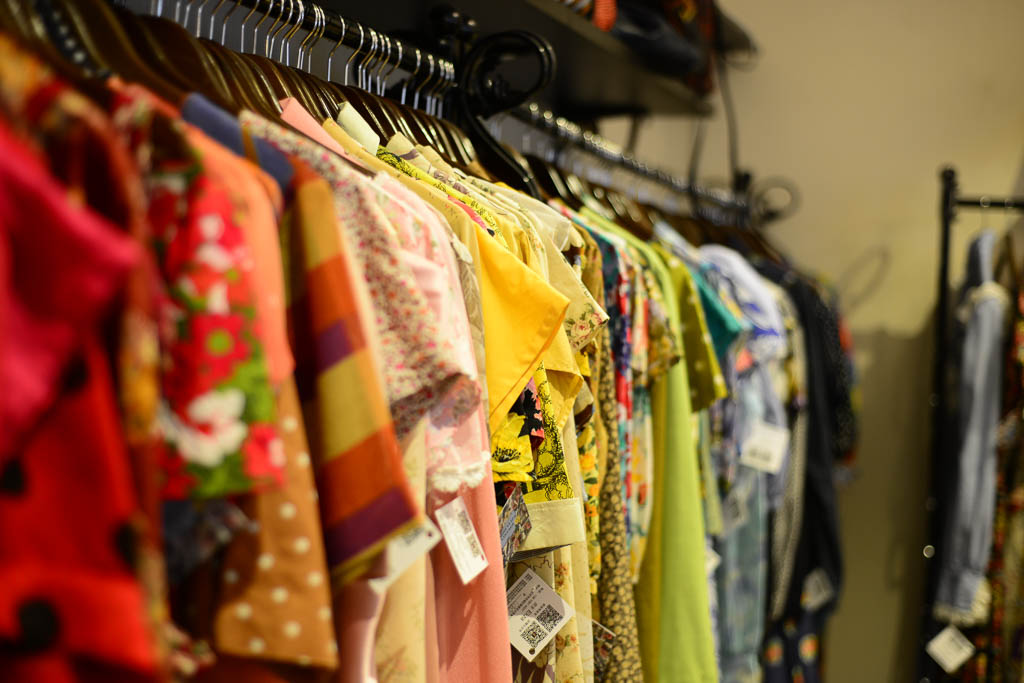
Chen describes the business in her hometown as “turning rubbish into gold,” because few people could tell how much they’re worth aside from those people selling the items. The line between second-hand, trash and so-called vintage clothes depends on the value placed on them by the customer – and this can be unreliable if they are shopping online and are unable to touch or smell the products.
In recent years, vintage fashion has become popular in China. Mirroring a movement seen in the West, young people are turning to the past for style inspiration. In Beijing, there are countless vintage shops nestled between the trendy cafes and gift stores of Gulou. Whether you’re looking for a polkadot dress from the 50s, Bohemian clothes from the 60s, or a pair of 70s bellbottoms, Gulou’s vintage stores will probably have you covered. Prices range from a few hundred yuan to tens of thousands, and most of the shop owners there say that their clothes and accessories are imported from Japan or the US.
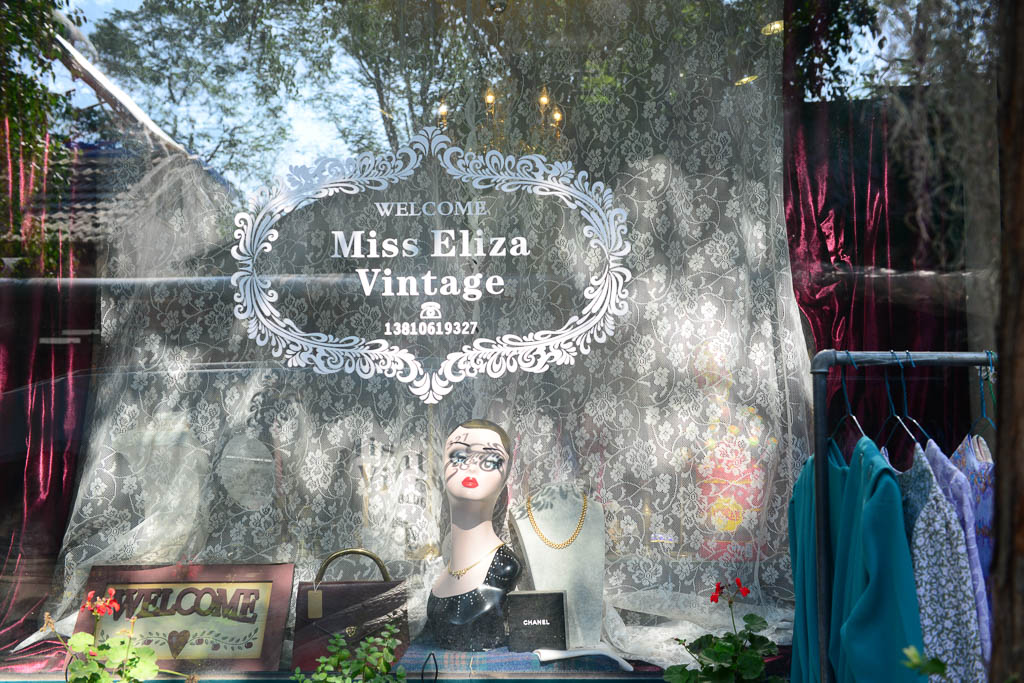
Online, ‘vintage’ has become a hot search term on Taobao. The landing page of one typical four-starred store – Retro-Vintage-High-End – features a classic black-and-white portrait of Audrey Hepburn from Breakfast from Tiffany’s. Beneath it, a navigation bar gives shoppers various options including: ‘classic style,’ retro look,’ and ‘party vintage dress.’ There is even a category marked ‘Downton Abbey’ where, for just RMB368, you can buy a dress similar to that worn by Lady Mary in the popular UK show. Most user comments below the item are positive, though one buyer complains: “When I got the dress, I found that it was smelly. Why is it smelly?”
“I know how dirty those clothes can be,” says Chen, who believes her childhood experiences in Jieshi help her ascertain the quality of second-hand clothes. “Some were even stained with blood. But after cleaning, ironing and polishing the fabric surface, the clothes became as good as new, and were sold to customers all around the country.”
Some of those customers don’t seem to mind, like 26-year-old Lin Yu, an editor at a TV station and a fan of vintage fashion.
“I think it’s hard to tell if the clothes are old or new,” she admits. “I had a friend who said: ‘It’s disgusting to wear other people’s clothes – especially if you don’t know them.’ But I think if you really like the style, then you don’t need to think about it too much.

“It’s culture – a way of living. It’s very exciting to find something that touches you immediately. If a necklace or hat has previously been used by others, it only makes it full of stories and history. Why would anyone mind?”
Chinese culture once considered it inauspicious to wear other people’s clothes. Wearing the clothes of the deceased is especially taboo because, traditionally, once someone died, their possessions would be burned to prevent their owners returning as ghosts to find them. Attitudes are changing, especially in big cities, and buying second-hand clothes at flea markets is no longer frowned upon. Nonetheless, sellers regularly claim that their wares are “never worn,” or “only worn once or twice.”
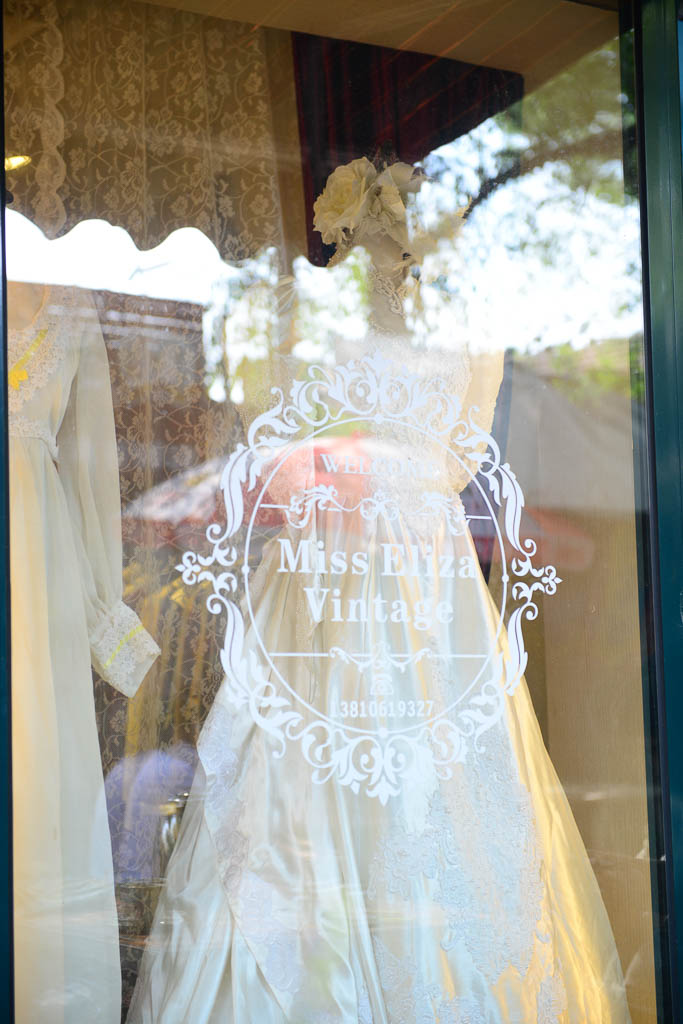
The owner of Gulou’s Miss Eliza Vintage, Eliza Zhao, says that 90 percent of the clothes and accessories in her shop have never been worn. This may explain why her store doesn’t carry the musty odor that one might associate with second-hand clothes stores.
“Some people come in and ask me: ‘Why does your shop not smell like a vintage shop?’” she explains. “But what sort of smell should it have? The smell of rubbish?”
The clothes in Zhao’s store are mostly priced from a few hundred to a few thousand yuan, depending on the designer, the item’s scarcity and the year it was produced. Asked if any customers challenge the fact that a faded, old-looking dress is more expensive than a new one, Zhao responds: “If a skirt on Taobao is 20 kuai – think about how horrible it must be. Do you dare buy it? Twenty kuai is barely enough for the fabric.
“An organic cucumber at a farmer’s market can be ten times higher than a normal cucumber. They are both cucumbers, so why do some people buy the the expensive ones?” she asks. “I don’t think the clothes here are over-priced. One dress that I sell for around 500 yuan was originally selling for over 1,000 yuan in Japan. So it’s cheaper than the price when it was first produced, even though I don’t think its value has dropped.”

As well as importing from Japan, Zhao’s stock also comes from Europe and the US. Every month, she brings in three to seven boxes of clothes and accessories, often from shopping malls’ inventories or closed-down factories. She also has a friend in Japan who sends her stock and photos of new trends.
For now, most vintage clothes have to be imported from abroad. In China, there was little market for style or fashion before the reforms of the 1970s – and even afterwards, in the 1980s, there were few clothes being made that would be considered of value today.
As China opened to the outside world, second-hand items proved popular, despite laws banning their import. At the Foreign Goods Market in Tianjin’s Tanggu district, people could get hold of cheap items that had been smuggled into China, mostly from Japan and the US. But fashionable clothing was hard to come by, recalls 45-year-old Tanggu resident Wang Jianhua.

“It was really cheap and good quality, but there wasn’t much style or fashion,” he says.
Nonetheless, foreign clothing continued to find its way into China. Chen Xiao says that in her Guangdong hometown of Jieshi, second-hand clothes sellers would deal with a man from Hong Kong who imported goods from Japan. In the night, containers full of abandoned clothes would turn up in the village. Rumors spread that he was making money from both sides: The Japanese Government would pay him for dealing with trash, and the villagers would pay him for the goods.
Chinese authorities have now launched a crackdown on smuggling what it labels “foreign trash.” Jieshi recently made headlines when police investigated a smuggling ring through which people were reportedly selling old clothes from overseas, some of which may have been taken from dead bodies. The town is considered to be one of China’s largest markets for used clothes.
“It was true and it’s not a recent thing,” says Chen. “Everyone in Guangdong knew about it, but people just turned a blind eye. After the crackdown, the local economy was blasted. You can’t imagine how important the trash business was to Jieshi.”
Eliza Zhao, however, thinks the ‘trash’ label is unfair to real vintage shops like hers.

“Many people in China still regard these clothes as ‘foreign trash,’ which is damaging to the development of vintage culture,” she says.
As Zhao sips tea in a small yard outside her shop, a group of migrant workers buy vegetables at a market across the street.
“I just like the contrast,” she reflects, adjusting her long 1950s-style blue dress. “It can’t be understood by everybody. People just have different lifestyles.”
Images by Holly Li
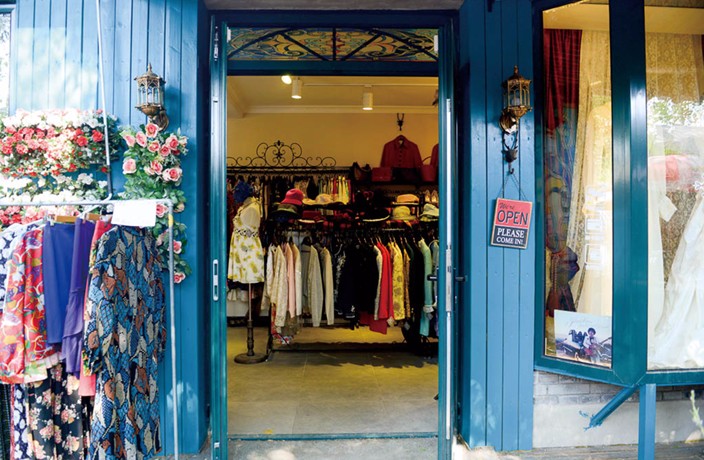





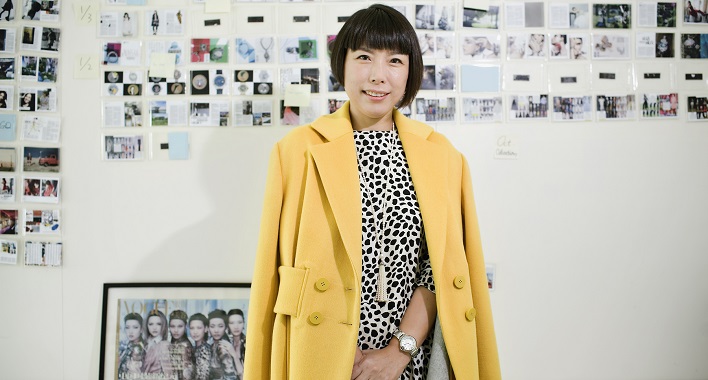
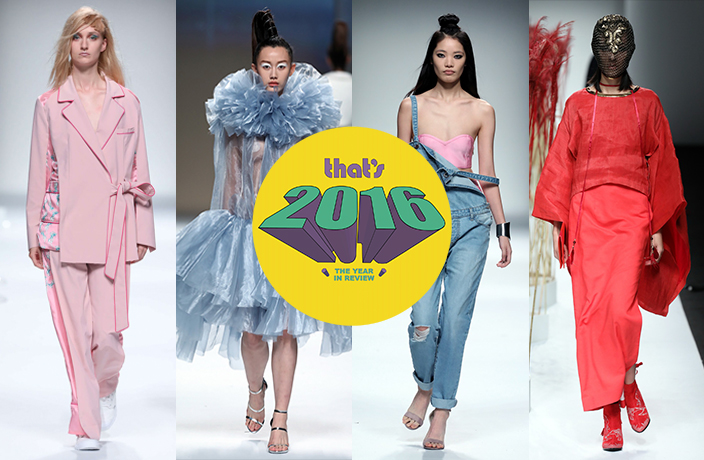













0 User Comments